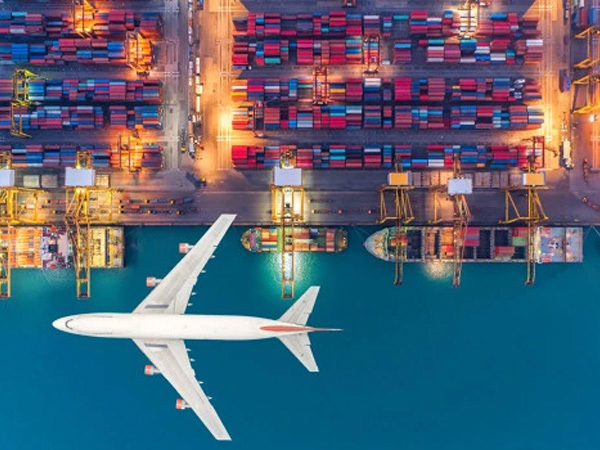Import and export of international trade classification
Published:
2023-04-12
Classification of international trade: The classification varies from country to country. The classification of international trade in imports and exports
Classification of international trade: The classification varies from country to country.
The classification of international trade in imports and exports
1. According to the direction of the flow of goods, it can be divided into three categories:
(1) export trade: a country to produce and processed products shipped to another country's market for sale .
(2) import trade: a country to a country's goods into its own market for sale, known as import trade.
(3) Transit trade: goods exported from one country to another pass through the borders of a third country, and for the third country, it is transit trade (HK is the largest free trade port in the world).
The difference between the value of a country's exports and the value of its imports in a given period.
Trading difference: value of exports = value of imports.
Trade surplus: Export value is greater than import value.
Trade deficit where the value of exports is less than the value of imports.
2. Classified by national and customs borders:
(1) Total trade: divided into imports (all those who enter the country can import) and exports (all those who leave the country are exported) according to the national border, the countries that use this standard are the United States, Japan, Britain, Canada, Australia, CIS countries and Eastern European countries.
(2) specialized trade: import and export by customs border division, only within the border transport, not into the customs shall not be included in the import. Therefore, when the goods entered the country, temporarily stored in bonded warehouses, not into the customs, are not as imports. Only foreign inbound goods and goods raised from bonded warehouses, into the customs, only included in imports. Germany, Italy, Switzerland and other major developed market economies for the division adopted by the way.
3. According to the content of the goods division (trade in goods. Trade in services. Trade in intellectual property). Divided by the mode of transport of goods (land trade, sea trade, air trade, mail order trade).

09:00-12:00 13:00-18:00 Mon-Fri

3rd floor, 116 Chogwangsandan-ro, Hanam-si, Gyeonggi-do, Republic of Korea 12989




